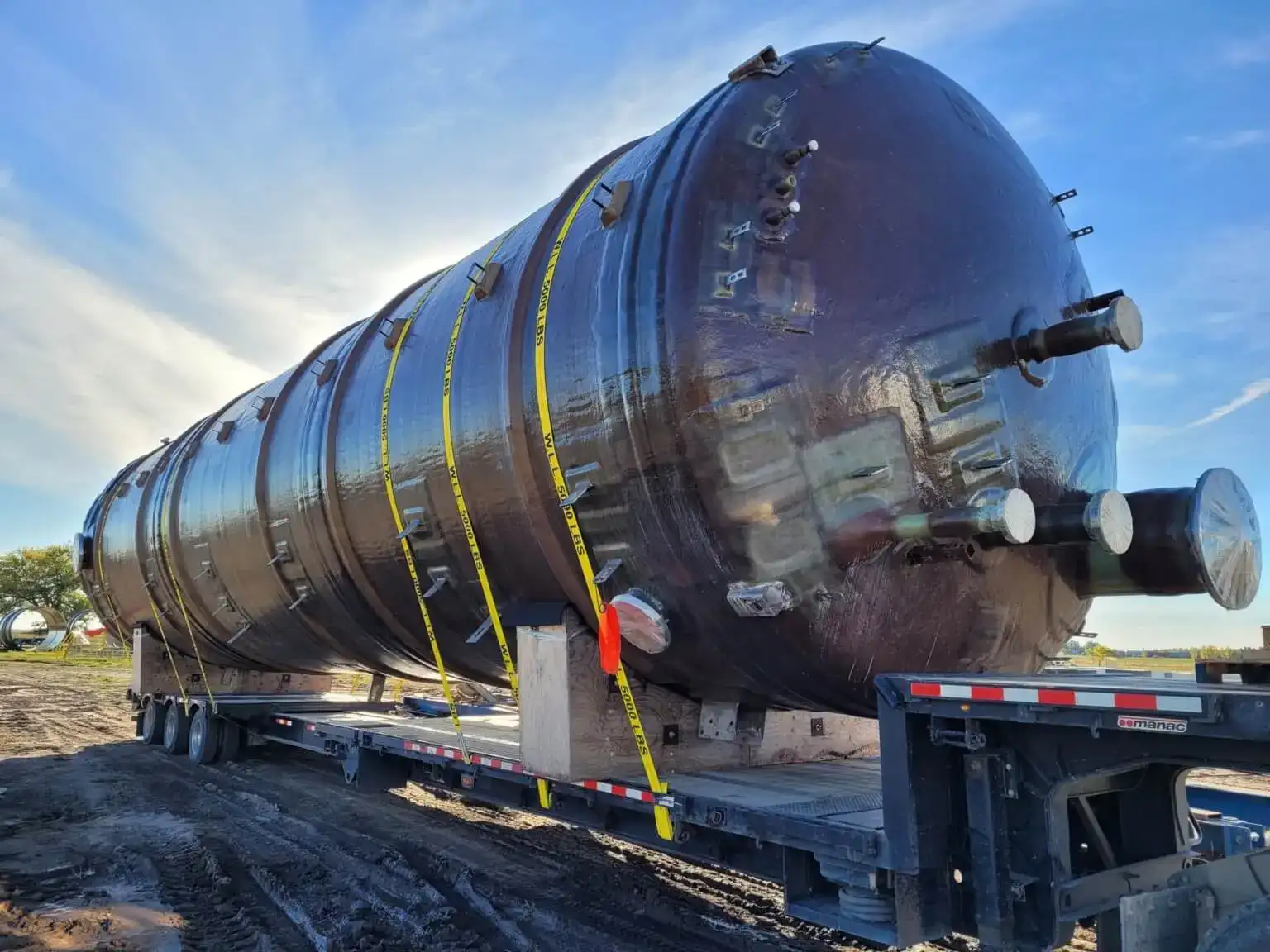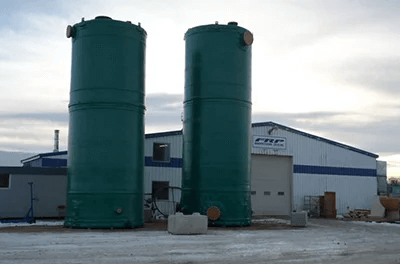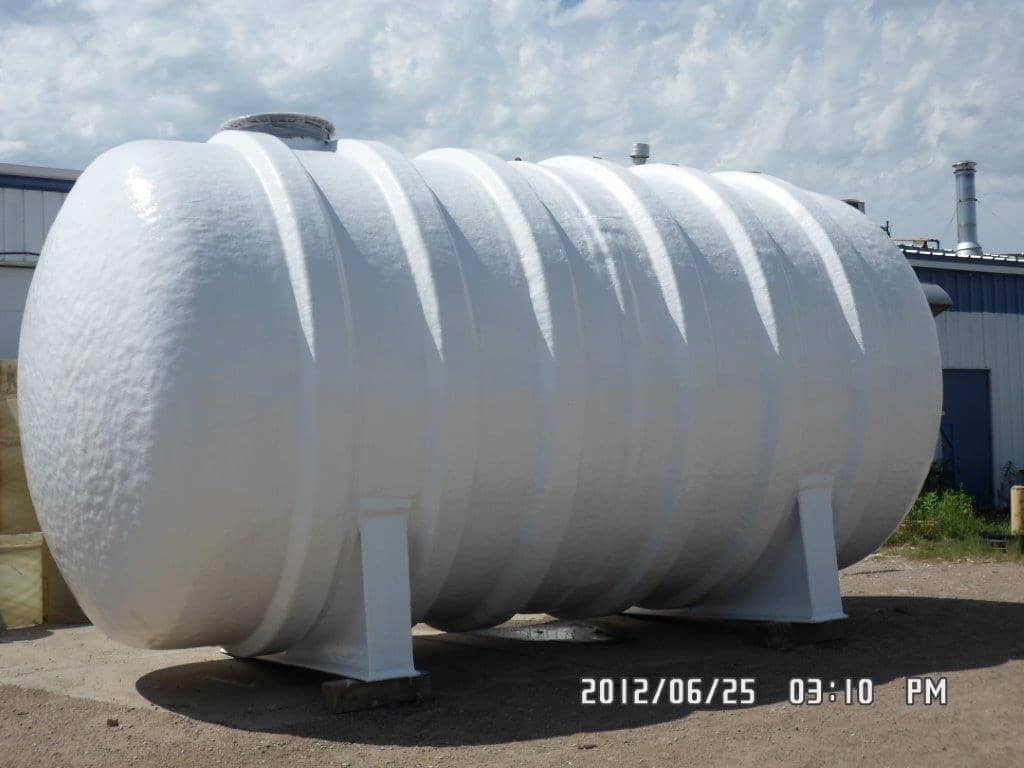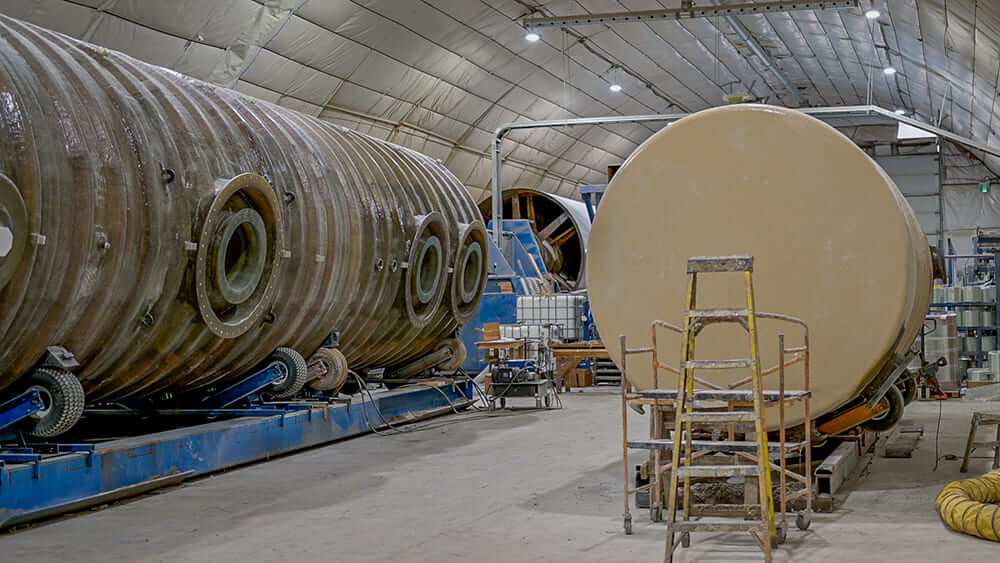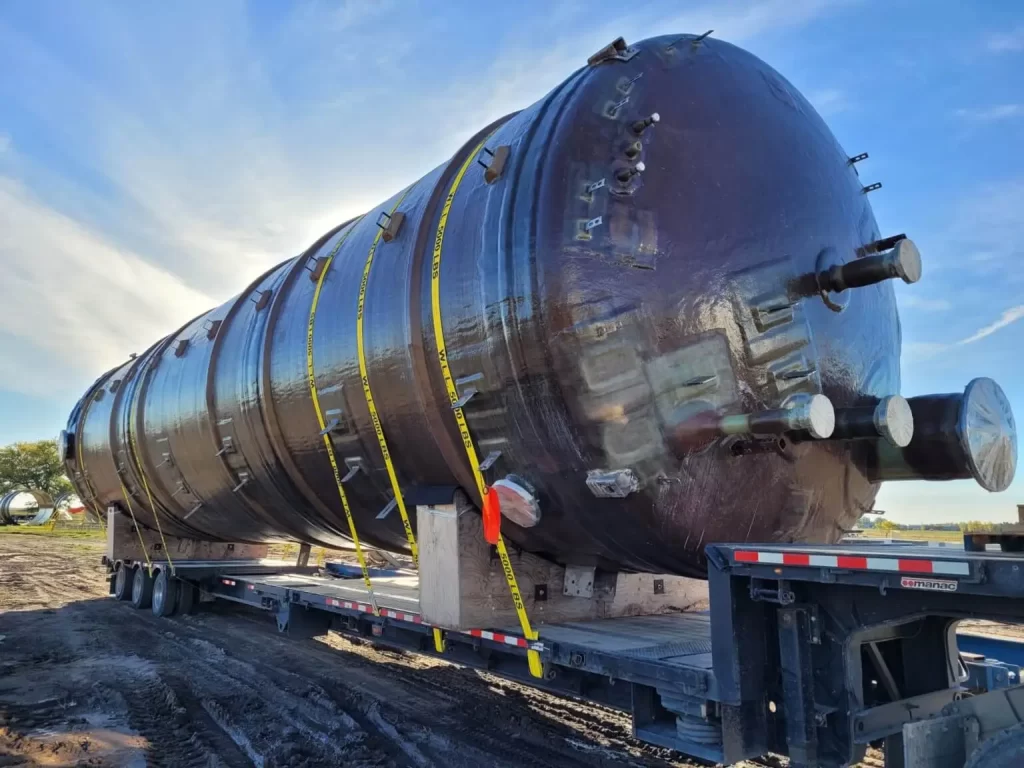When you’re in the market for a storage tank, one of the first decisions to consider is what sort of material you require your tank to be constructed from. This depends on several variables, including what you’re storing, how durable you need the tank to be and how long you need it to operate. Two of the leading materials for storage tanks are steel or fiberglass, but what’s the difference between a steel tank and a fiberglass tank?
| Steel Tanks | Fiberglass Tanks |
|
|
Choosing a storage tank option should come down to what material will house the product with the most safety and effectiveness while hopefully offering a long lifespan. There are pros and cons to both steel and fiberglass tanks, so it’s up to what fits your needs best. It’s understandable that we’re always looking to save a little money, but consider the cost of repairs and maintenance for a lower-budget option in the long run when looking at cheaper price tags. If you’re in the market for a storage tank and you’re looking for some guidance, get in touch with us today and we’ll find an option that fits your needs!

